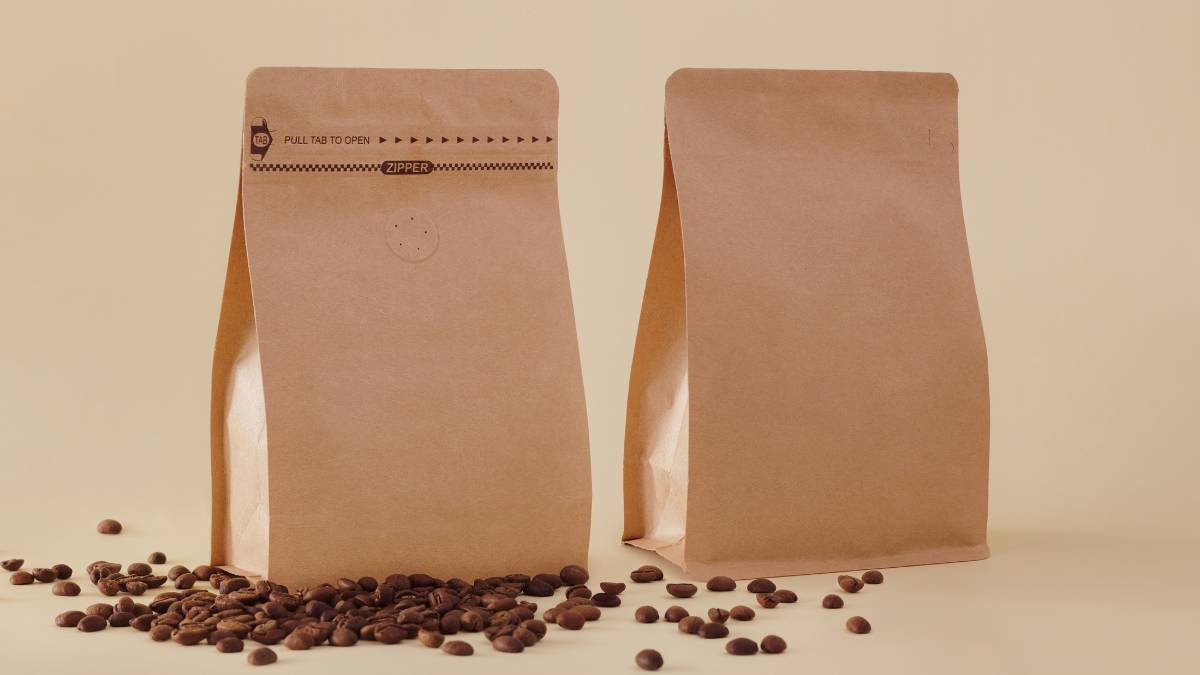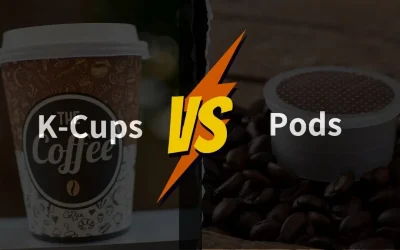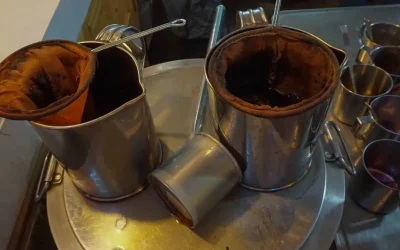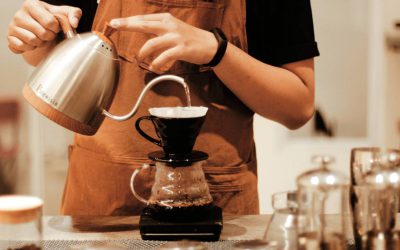Choosing the right coffee packaging is about finding the balance between freshness, convenience, and environmental impact. From bulk coffee to single-serve pods, each packaging style offers unique benefits suited to different preferences. Whether you’re stocking up on whole beans or need a quick, mess-free cup, there’s a coffee packaging option for everyone. Let’s dive into the most popular ways coffee is packaged and how they can enhance your coffee experience.

Bulk Coffee (By the Pound)
The most popular way to purchase coffee is in bulk. Bulk coffee comes in either cans (not recommended) or bags, ranging in size from less than 1 pound to 5 pounds or more. The best way to purchase coffee is in foil-type bags with one-way valves that allow the coffee to degas without allowing air and moisture in. For fresher coffee, buy whole beans from a reputable roaster that roasts coffee several times a week. Green coffee beans are usually imported in large burlap coffee bags.
Pillow Pack Coffee (Premeasured)
Some people prefer pillow-pack coffee, which is ground coffee that is pre-measured and portioned into individually wrapped foil bags. Pillow packs are extremely convenient, since each pillow pack brews 1 pot of coffee, no grinding or measuring required. When packaging pillow pack coffee, roasters typically use the “nitrogen flushing” method to force air out of each bag and help preserve the coffee.


Filter Pack Coffee (Premeasured)
Another option is to buy filter pack coffee. Filter pack coffee is ground coffee that is pre-measured and sealed inside a “pouch” (usually rectangular or round) of filter paper. The main advantage here is that you won’t need a filter to brew coffee! Just open the external packaging, place one filter pack in the brew basket of your coffee maker, and brew. Simple, fast, no messy cleanup.
Single Serve Coffee Formats
There are several formats of single-serve coffee. The most popular are Coffee Pods, followed by Keurig K-Cups, K-Cup Alternatives like OneCups K-Cup Brewers, Tassimo T-Discs, and others.
Of the single-serve formats, coffee pods have gained a lot of popularity recently. Coffee pods are not proprietary (meaning lots of roasters make pods, and they work in a variety of pod brewer brands). Also, pods tend to have a better aroma when opening the package and brewing, tend to be fresher, tend to be a better value (less expensive per cup of coffee), and are much better for the environment because they use less packaging.
The idea behind a coffee pod is really simple. A coffee pod is made by sealing ground coffee inside a small round pouch of filter paper. Each pod makes one cup of coffee, but are designed exclusively for use with pod brewers. You cannot use coffee pods with your standard coffee maker, nor with proprietary systems like Tassimo or Keurig-style K-Cup brewers.

A Note about K-Cup Packs (and Alternatives)
Several years ago, Keurig Green Mountain’s key patents, which made their K-Cups exclusive, expired. Today, there are hundreds of varities from lots of roasters and brands available. In fact, the “un-official” capsules accounted for over 30% of K-Cup market share. The word “K-Cup” is still trademarked, so most of the other brands are marketed under names like One Cup™, RealCup™, or Single Cup™. Unless you have a Keurig 2.0 (more on that below) or a Keurig Vue (a different type of machine altogether), all of these these capsules will work just fine in your Keurig or Keurig-style brewer.
Now, if you bought a Keurig® 2.0 brewer, here’s what you need to know. For now, you are now forced back into buying “officially licensed” K-Cup Packs that are made by Green Mountain. For example brands like Tully’s, Diedrich, Caribou, Green Mountain, Donut House Collections, Newman’s Own, Starbucks, Folgers, etc.
They did this by adding a sensor to the brewer that reads a special ink on the lid of the capsule…that only Green Mountain products have. Many people are calling this the DRM of coffee (digital rights management)… akin to DRM for music purchased on iTunes and the like, which prevent you from taking that song and burning it to a CD, for example. Again, the goal for them was to steal back the market share of copycat cups, as they see it.
As you might imagine, this move has upset a lot of customers, who have fallen in love with grocery-store brands and others like Marley RealCups and Copper Moon Aroma Cups. Some people were so upset that they engineered ways to fool their machine into allowing them to brew unofficial K-Cups (look it up on YouTube). For those who don’t want to mess with that, the only option is to be patient. All of the big manufacturers of the knock-offs are already working on reverse-engineering their lids to work with the Keurig 2.0. It’s only a matter of time before the ridiculous attempt by Keurig to lock it all down is thwarted.




